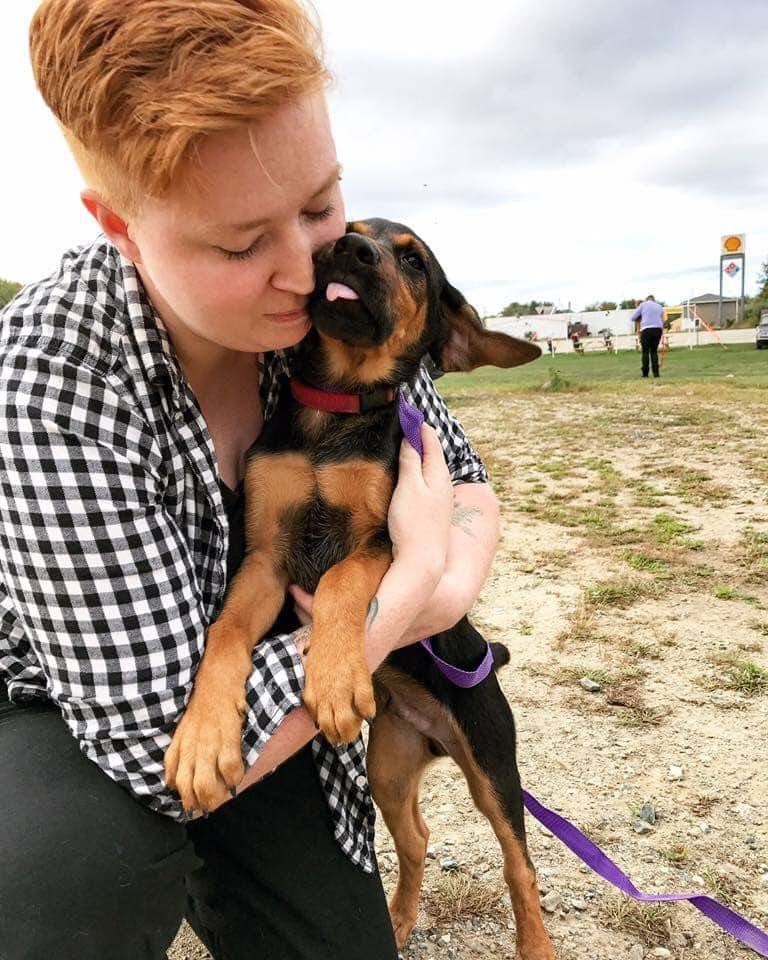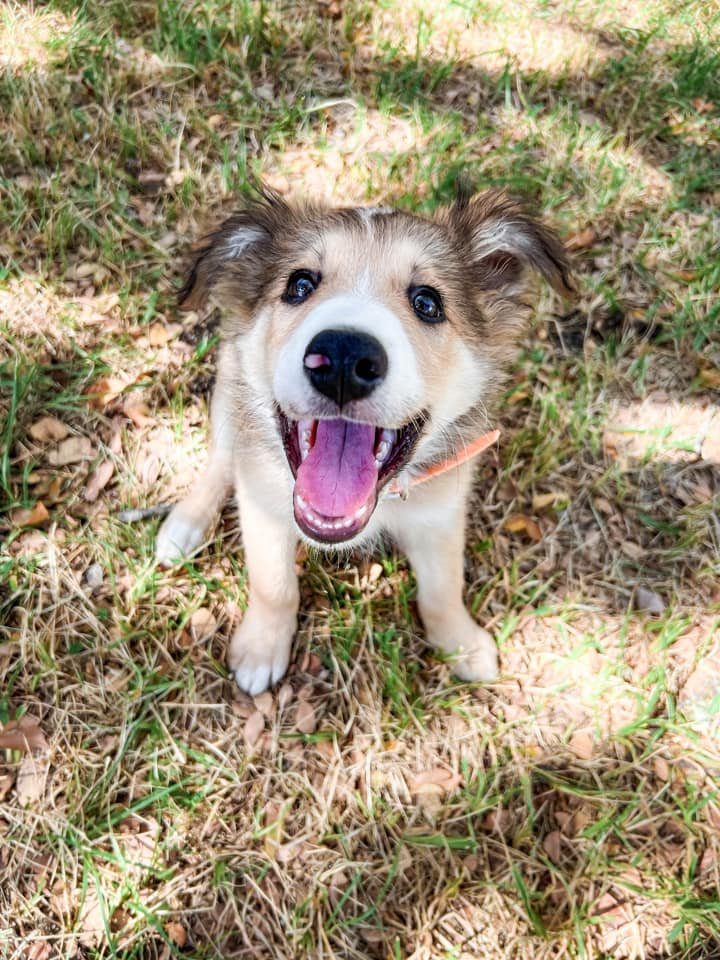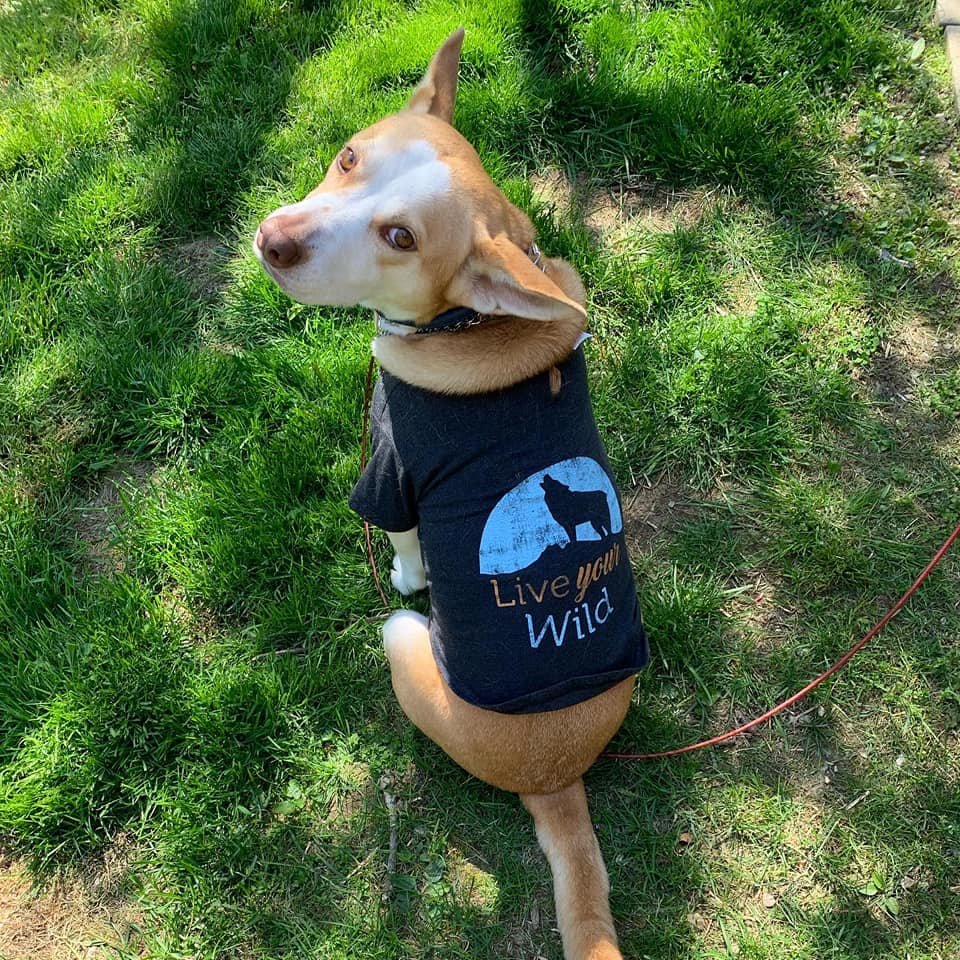Know Your Pup: Building a Better Bond with Your Dog
Want to bond with your dog and enhance your life together? The first step is to think about your pup’s individual temperament, personality, and preferences!
Bonding: it’s the reason we choose to live with dogs in the first place. It’s the reason we never forget the special dogs we knew and loved as children. It’s the reason we spend thousands of dollars on our dogs and do everything we can to give them the best life possible.
We all want to build the best possible bond with our dogs, and occasionally, it’s a pretty quick process. In most cases, however, it takes time! Bonding with your dog can also involve adjusting expectations, which isn’t always easy to do.
So, how can you enhance the bond with your dog? Build your lives together on activities you’ll both enjoy! You might have to make a few compromises, but considering your dog’s individual personality and preferences will help you avoid frustration and enjoy the dog you have. Here are some things to keep in mind.
Understanding Your Dog’s Temperament & Personality
A dog’s genetic temperament sets the stage. That’s why dogs of a given breed tend to share similar traits. Retrievers are likely to love playing with toys. Herding breeds will try to move other animals (and children) to fulfill their natural instincts. Sighthounds will chase after small game.
In addition to breed temperament traits, your dog will get genetic traits from their family members, both good and bad. Your dog’s temperament won’t really change, so you might have limited success in getting an introverted pup to become a social butterfly.
Temperament has a huge impact on what kinds of activities your dog is likely to enjoy. Understanding which traits are based on genetics can help you to better understand your dog and to set your expectations.
Each dog also has their own unique personality. Their life experiences will help shape their personality, which is why it’s so important for puppies to gain exposure and socialization while they are still young. Temperament forms the foundation of personality, but a dog’s personality can change quite a bit over time, especially as they mature from puppies into adults.
Your Dog’s Age and Developmental Stage
If you have a young puppy or an adolescent (*shudder*), remember that they are still going through huge brain and body developments. Just because your teen looks like a grown-up dog, it’s perfectly normal for them to go through phases with heightened emotions, strange fears, and a lack of self-control. Sometimes, these phases will test your bond, and remembering that they don’t last forever is the only thing that will get you through particularly bad days!
Additionally, some activities simply aren’t appropriate for dogs of various ages. A puppy or a senior dog might not be able to safely go on a long hike, for example. An adolescent going through a phase of “stranger danger” might not be able to handle your friend’s big barbecue and would be better off at home while you party. Tailoring your activities based on your dog’s age and developmental stage helps to keep everyone safe and happy.
Take Your Environment into Account
Where you live will also determine what kinds of activities are open to you. If you live in the middle of the city, for example, it might be harder to get your dog good off-leash time where they can run, but you’ll probably be able to frequent dog-friendly businesses more often than someone living in the country. You might need to get creative, whether that means driving to trails, renting out spaces for safe off-leash play (like Sniffspot) or finding some other way to satisfy your dog’s needs.
In suburban or rural settings, it’s going to be easier to give your dog physical exercise. However, they won’t get as much exposure to new people and places, which can be a great source of mental exercise.
Remember Your Needs & Preferences
Too many people forget to factor in their own preferences and happiness when thinking about spending time with their dogs. While it’s important to think about your dog’s needs in the relationship, it’s just as critical to recognize and accommodate your personal needs and preferences.
For example, do you enjoy walking your dog on trails, but find that their pulling is doing a number on you? Trying a different setup, like a front clip harness, could make the experience more comfortable and manageable for you while you work on your dog’s loose leash skills. A long line or flexi could also make the experience much better for both you and your dog.
If you’re frustrated, then you’re not going to be able to enjoy time with your dog, which can be a lot more harmful than simply choosing a different tool.
Setting Reasonable and Realistic Expectations
It’s important to not only know your dog but to use that knowledge to set realistic and reasonable expectations. You can’t expect a dog who’s uncomfortable around strangers to enjoy a crowded farmers’ market, for instance.
Setting realistic expectations and making decisions based on what you know your dog can and can’t handle will help set you up for success. Maybe you can’t take your dog to the farmer’s market, but they might be the best fishing buddy ever!
Unreasonable expectations can only lead to frustration. Figuring out how your dog responds to different situations can help you decide how to handle them in the future. Gather that data and put it to good use so you can minimize situations where you and your dog are uncomfortable.
Make Time for Bonding As Often As You Can
If you want to build a better bond with your dog, then you need to prioritize it. Make time for bonding as often as you can, even if it’s just a few minutes on busy days. Your bonding activities might include hikes together, cuddling on the couch, play, or whatever else you and your dog enjoy doing together.
Quality time doesn’t have to be complicated. It can be as simple as sitting on the floor with your pup and letting them bring you every toy in the basket while you laugh and take pictures. Just make sure that you’re spending time together in a way that supports and enhances your quality of life together!
Don’t Rush the Bond with Your Dog
Many dog owners feel guilty when they don’t feel a strong bond with their puppy or dog right away. Realize that this is normal, especially if you’re experiencing the puppy blues.
When you first bring your dog home, they don’t know what to expect from you, and you don’t really know what to expect from them. Shelter dogs are often more shut down in the shelter and their personalities might not start to blossom right away. New puppies are just babies learning about the world and you won’t get a full picture of their personalities right away either.
Getting to know your dog and building up that trust and familiarity–it goes both ways, and it can take time. Give the bond with your dog time to develop, and don’t rush it!
Is it a Mismatch?
It’s important to recognize the difference between a simple lack of bonding between you and your dog and a placement mismatch. You might realize, after living with your dog for a while, that you can’t make either of you happy in your current situation due to a mismatch in your lifestyle, environment, personality, or preferences. In these cases, rehoming might be the best solution for everyone involved!
If you’re not sure whether to rehome your dog or not, reach out to a trusted, non-judgemental pet professional to get an objective opinion. What you’re experiencing might be due to growing pains (AKA you have a teenager!), or it could be due to a mismatch. Either way, getting a professional opinion can help you feel more secure in your decision to keep or rehome.
Appreciating the Dog You Have for Who They Are
Understanding and accepting your dog for who they are can help you build a much stronger bond. It will also help reduce frustration and stress while allowing you to evaluate where training might be helpful and where pure management should come into play.
Think about your dog’s perfect day in a positive light. What would they do if they got to set the schedule? What naughtiness would they get into? How would they interact with you? This exercise can help you think of activities to enjoy with your dog and allow you to appreciate their personality more fully.
Your dog doesn’t have to enjoy all of the same things you do, and vice-versa. After all, you probably don’t go around snacking on deer poop and your dog probably doesn’t want to join you at Six Flags. As with any relationship, there are things you will do together and things you won’t–that’s normal and healthy!
Balancing Human and Dog Needs
The most important factor in building a great bond with your dog is balancing your needs with theirs. Once their basic needs are met, you can get to the fun stuff–and hopefully, a lot of the items on your “perfect day” list are the same as your dog’s!
Want to try something new and bond with your dog? Our SuperPup Academy courses are a great way to get started in dog sports or simply to learn new skills for the real world! Or, join our Patreon for bi-monthly study halls, a private Facebook group, and feedback from our expert instructors.
Putting effort into building a bond with your dog is a worthwhile investment. And who knows, you might uncover a side of your dog’s personality that you’ve never seen before!




